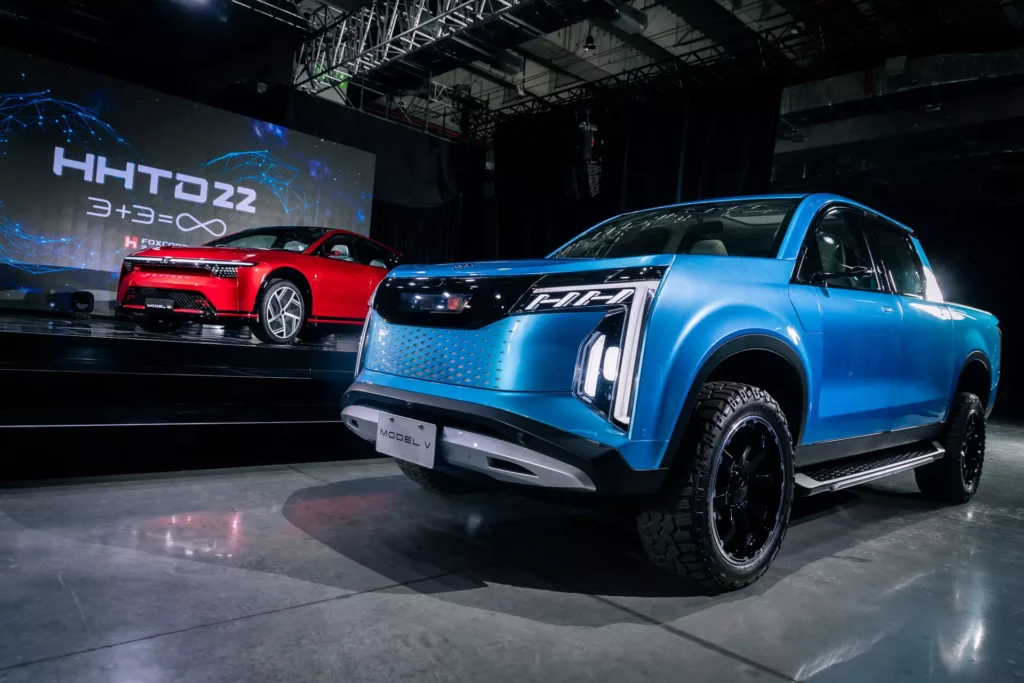New Nissan Leaf Is America’s Cheapest EV And It’s About To Get Even Cheaper
- The 2026 Nissan Leaf S Plus starts at $29,990, with a more affordable S trim coming soon.
- The SV Plus trim of the new EV is $1,960 cheaper than the outgoing model year version.
- All Leaf trims except the S feature a 75 kWh battery paired with a 215 hp motor setup.
Pricing for the next-generation Nissan Leaf is finally official, giving us a picture of how the popular EV is shaping up for 2026. The new model not only undercuts the equivalent trims of its predecessor, it also positions itself as one of the most affordable electric vehicles currently available in the US. The only missing piece of the puzzle is the cost of the entry-level S trim, which Nissan has yet to disclose.
According to the automaker, the Leaf now holds the lowest starting MSRP of any EV on sale in the country. To put things in perspective, here’s how the 2026 model year compares with the outgoing 2025 version.
2026 NISSAN LEAF MSRP
| Trim | 2026 MY | 2025 MY |
| LEAF S | tba | $28,140 |
| LEAF S+ | $29,990 | – |
| LEAF SV+ | $34,230 | $36,190 |
| LEAF PLATINUM+ | $38,990 | – |
Nissan managed to keep the S+ trim just under the psychological $30,000 mark, no small feat given today’s inflationary climate. It is reasonable to expect the upcoming S trim to come in even lower, strengthening the Leaf’s appeal as a budget-friendly EV.
More: Nissan’s New Leaf Could Be In Trouble Before It Even Hits The Road
For now, the only direct comparison between generations can be made with the SV+. The new version starts at $34,230, nearly $2,000 less than the 2025 model, despite offering more range and a richer list of standard features.
Nissan
Two Powertrain Options
The S+, SV+, and Platinum+ trims share the larger 75 kWh battery, delivering up to 303 miles (488 km) of EPA-estimated range. These versions are paired with a more powerful motor producing 215 hp (160 kW / 218 PS). The base S trim uses a 52 kWh pack and a 174 hp (130 kW / 177 PS) motor, still an upgrade over the outgoing entry-level setup.
On the charging front, every US-market Leaf now includes a NACS port for Tesla Supercharger access and supports vehicle-to-load (V2L) functionality.
Sleeker Design and Updated Cabin
The Leaf’s redesign moves the model into fastback crossover territory, with a 173.4-inch (4,404 mm) body that cuts a more aerodynamic profile than the hatchbacks it replaces. LED lighting is standard across the board, while the Platinum+ gains exclusive taillights inspired by the Nissan Z. Wheel options range from steel 18-inchers with aero covers on the S and S+, to 18-inch alloys on the SV+, and 19-inch alloys on the Platinum+.
More: Nissan Says We Made A Mistake With New Leaf’s Taillights
Nissan claims that the cabin is roomier than before, helped by a flat floor and newly designed seats. Up front, every trim comes with a digital cockpit: the S and S+ feature dual 12.3-inch displays, while the SV+ and Platinum+ step up to larger 14.3-inch screens.
At the top of the range, the Platinum+ sets itself apart with a panoramic roof that can shift from transparent to opaque at the touch of a button. It also adds a head-up display, multi-color ambient lighting, a motion-activated power liftgate, and a 10-speaker Bose audio system. A full suite of driver-assistance features is included across the entire lineup.
Deliveries of the 2026 Nissan Leaf in the US are slated for fall 2025, with launches also planned in Japan, Europe, and Australia.










